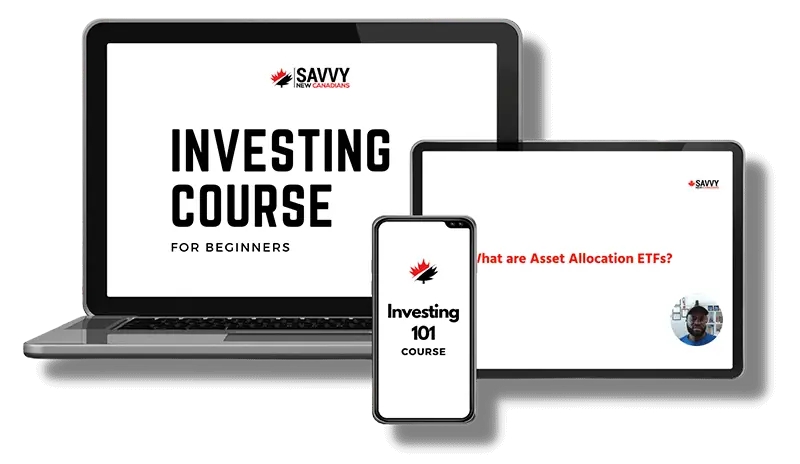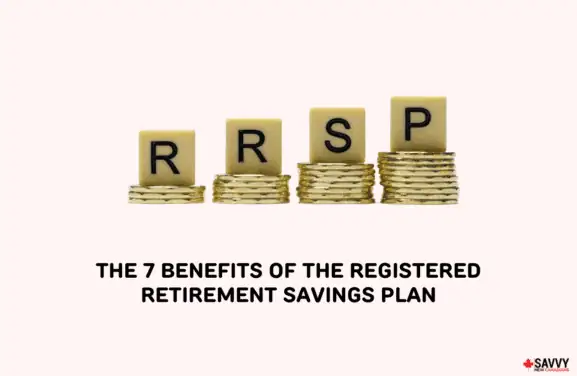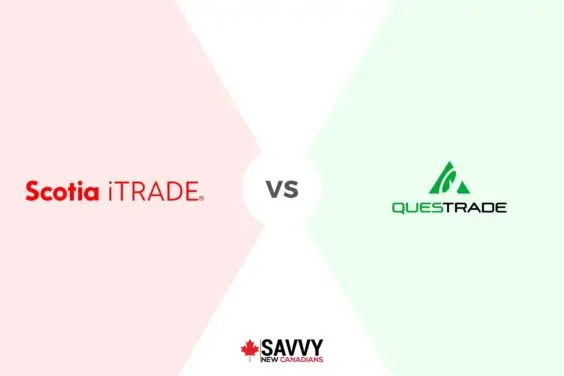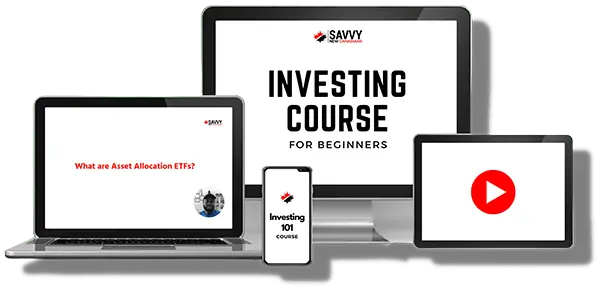Bonds belong to the family of fixed-income securities. By fixed income, it means when you invest in this asset class, your income (return) is fixed beforehand and generally remains the same over the life of your investment.
Other assets that belong to the fixed-income group include Guaranteed Investment Certificates (known as Certificates of Deposit in the U.S.), Treasury Bills, Mortgage-Backed Securities, Banker’s Acceptances, and Commercial Papers.
What is a Bond?
A bond is a loan that you (the investor) makes to a government, company, or other entity for a period of time in exchange for regular interest payments over the life of the loan and eventual repayment of your principal amount at the end of the loan term (maturity).
When you purchase a bond, you become a lender (bondholder), and the entity that receives your funds is the bond issuer or borrower.
Related: How To Buy Stocks.
Types of Bonds
There are various types of bonds you can hold in your investment portfolio. Generally, they can be classified by who is issuing them, i.e. who the borrower is.
The main classes of bonds are:
1. Government Bonds
These are bonds issued by central governments to finance projects (e.g. infrastructure) or spending. For example, the Government of Canada may issue Treasury Bills, Canada Savings Bonds, and other types of bonds.
Government-issued bonds are considered less risky because they are backed by the “full faith and credit” of the respective sovereign government.
This means that it is expected that the government will always be able to meet its debt obligations, even if it means printing new money or raising taxes.
Maturity dates for government bonds can be anywhere from 3 months to several years.
2. Provincial and Municipal Bonds
These are bonds issued by provincial and municipal governments to raise project funds.
They are usually considered to be less risky than corporate bonds but are riskier than government bonds.
3. Corporate Bonds
These are bonds issued by companies that want to raise funds to finance their business activities. Corporate bonds are further classified on their level of risk into investment-grade bonds and non-investment-grade bonds (aka speculative or junk bonds).
Investment-grade bonds are bonds issued by companies with a strong financial record, i.e. a high credit rating. When a company has a less-than-ideal financial record, i.e. poor credit rating, its bond issue is classified as speculative/junk/non-investment grade because it has a higher chance of defaulting on the loan.
Credit rating agencies like Standard and Poor’s (S&P), Moody’s, and Fitch assign ratings that grade the creditworthiness of a bond issuer. For example, AAA, AA, A, and BBB-rated bonds are considered investment-grade, while BB, CCC, CC, C, and D-rated bonds are speculative.
The higher the risk of default posed by a borrower, the higher the interest payments required by the lender. This is why corporate bonds generally pay higher interest than government-issued bonds.
Related: Best ETFs in Canada.
How Bonds Work in Canada
To understand how bonds work, here are some terms you should know:
Issuer: This refers to the entity issuing the bond – government, company, etc.
Price: This is the current value of the bond, i.e. what price the bond will sell for today if you decide not to wait till maturity.
Face Value (par value): This is the amount of principal that the issuer pays to the investor (lender/bondholder) at maturity. It’s usually the same amount the investor paid for the bonds when they first buy it, e.g. $1,000 per bond.
Interest Rate (coupon rate): This is the interest rate paid to the bondholder. Interest payments are usually paid semi-annually. The annual coupon rate indicates the annual return earned by the investor.
Term to Maturity: This is the length of time (number of days, months, years) before the principal amount is paid back to the investor. Short-term (1-5 years), Medium-term (5-10 years), and Long-term (maturity greater than 10 years).
Current Yield: This is the current return on the bond based on its current price. It’s calculated as: Annual Interest (coupon)/Current Bond Price.
For example, a bond bought at par $1,000 that pays $50 per year has a yield of 5%, i.e. $50/$1000 = 5%
Yield to Maturity: This measures the total returns an investor can expect if they hold a bond until maturity. It considers all future interest payments plus the price paid for the bond when purchased.
When you buy a bond, you expect to receive regular interest payments that are usually paid out semi-annually, and if you wait till maturity, you also expect to receive your principal.
Unlike their other fixed-income counterparts, bonds can be traded/sold before they mature.
For example: Assume you buy a 10-year bond with a face value of $1,000 and a fixed coupon rate of 10% per annum.
This means you will receive $1,000 x 10% = $100 per year in interest payments for 10 years if you do not sell the bond before it matures. At the end of 10 years, you will also get your initial $1,000 principal investment back.
A bondholder can also decide to sell their bond before its maturity date. Depending on the prevailing price of the bond, it may be sold at a discount (i.e. less than what you paid) or a premium (i.e. more than what you paid).
A bond’s market value will fluctuate based on current interest rates. Although the relationship between interest rates and bond prices is complex, the simple take is that when interest rates go up, the market price of bonds goes down and vice versa.
Most bonds have a fixed interest rate, but some may vary based on prevailing interest rates.
Interest payments on some bonds are also adjusted for inflation (e.g. Treasury Inflation-Protected Securities (TIPS – United States) and Real Return Bond (RRB – Canada)).
Related: Best Stock Trading Platforms in Canada.
Advantages of Bonds
Less Risky: Bonds (and fixed-income securities), in general, are considered to be less risky than stocks and not as volatile. Due to their lower volatility, they often form the bulk of investment portfolios designed to be conservative.
Bonds can be even less risky when several are pooled together in a bond fund.
Capital Preservation: Since you expect to get your principal back at maturity, bonds ensure that your capital is preserved unless the issuer defaults.
That said, depending on inflation rates and the term of your bond, you could get your cash back but lose some value due to a loss in purchasing power.
Regular Income: Bonds are excellent for generating income with regular interest payments. You can also time your cash flow by building bond ladders that have different maturity/payment dates.
Diversification: Bonds are useful for diversifying your investments. For instance, if you hold bonds/bond funds within your portfolio, they will help to lower the overall risk. Also, bonds and stocks can behave differently depending on the economy.
When the stock market is on the run, bonds don’t perform as well as stocks; however, in a market crash, bonds become very attractive. This can help to dampen the effect of falling stock prices on your overall investment portfolio.
Related: Best Robo-Advisors in Canada.
Disadvantages of Bonds
As with all investment asset classes, there are some risks to investing in bonds.
Credit Risk: This is the risk that the bond issuer cannot pay you interest and/or principal. They could default, leaving you with nothing. credit risk is higher for speculative or junk bonds and lowest with government-backed bonds like Treasury Bills.
Liquidity Risk: This is the risk that you may find it difficult to sell your bond before its maturity date because there are no willing buyers.
Inflation Risk: This is the risk that the coupon/interest rate paid by your bond may fall below the inflation rate, resulting in a negative real return. Some bonds have inflation protection, and coupon rates will increase in line with inflation.
Lower Returns: Bonds are considered safer than bonds and historically have provided investors with lower returns than stocks. This is a risk vs. return reality.
Bonds and Taxes
Interest earned from bonds is taxed like ordinary income at your marginal tax rate. When you buy/sell a bond, it may be at a discount or premium, generating a capital loss or gain when you eventually part with it.
Only 50% of capital gains are included in income, and capital losses can be used to reduce or eliminate capital gains. Capital losses can be carried back up to 3 years or forward indefinitely.
A bond bought at face value and held to maturity (or resold at face value) will not generate a capital loss or gain.








I didn’t know much about provincial or municipal bonds or the different classes of corporate bonds so I learned something :-). Are there any bonds that have provided double digit returns in the last decade or two?
@Curious Frugal: Glad to hear! Thanks for stopping by 🙂
I quite not understand the last line:”A bond that is bought at face value anh held to maturity ( or resold at face value) will not generate a capitol gain/loss”
Face value is price at maturity. What do you mean by saying “held to maturity” and “resold at face value”?
Overall, I’ve learned a lots from topics you wrote. Thanks.
@Songdep: In summary, if you hold the bond until maturity and get back your principal (face value), you don’t incur a capital gain/loss because the value is the same amount you paid for it (PAR). Assuming you sell the bond prior to maturity and it has gone up in price, you will incur a capital gain and vice-versa. The income generated by the bond over time (i.e. interest) is taxed as regular income at your marginal tax rate.
It is usually not as straightforward though because if you bought the bond in the secondary market, then you likely won’t have purchased it at the original issue price. Whether you bought the bond at a discount or premium determines whether there’s a capital gain/loss to account for when you sell it.
This RBC guide has some good examples:
https://ca.rbcwealthmanagement.com/documents/258147/258168/Bonds+-+the+tax+implications+%282016%29.pdf/5bc97111-bf9e-4250-b208-184f2758584f
Can you lock in a bond so that it cannot be sold. (ie if it is given as a gift to a current minor). I like the 10 year option with Bond’s and I think the max for a GIC is 5 years.